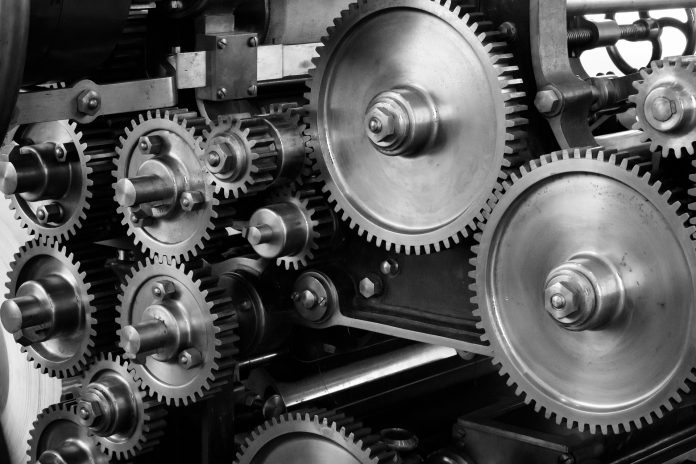When we talk of engineering at higher level, it can be classified into two types: forward engineering and reverse engineering. Forward engineering is the process of creating products or systems from concept, design or requirements. The logical flow is concept, design, drawings, and manufacturing. Reverse Engineering (also known as backward engineering) is defined as the process of recreating an existing product, component, or assembly before producing design model or drawings. It can be defined as a process of evaluating a system to:
Identify the components of the system and analyze their interrelationships
Digitally create the representation of the system
Create the system physically
Reverse Engineering Services offers a host of benefits to the mechanical engineers; a major one being the ability to replicate a part or product effortlessly. Broadly, several scenarios warrant the application of principles of backward engineering. These include:
Replicating an existing part
Replacing an existing component
Recover a damaged or broken part
Product improvement
The Process
Replicating existing part or product involves dismantling parts to understand the science behind the product and requires a lot of multidisciplinary experience and expertise. Modern day backward engineering processes involve digitizing existing product using various software such as Geomagic Design, Inventor, Solidworks, Bentley Microstation, Draftsight, Graphisoft, Nemesketch etc.
Reverse engineering starts with the product and ends at a product definition while working through the design process. While working through the design steps, it reveals information to a great extent about the original design intent. It is a simplistic way of replicating a component or product. A typical workflow involves the following steps:
Creating three dimensional point cloud data using 3D laser scanners.
Converting the point cloud data to a good polymesh model and cleaning, smoothening & sculpting this model for attaining required shape and accuracy using reverse engineering software.
Exporting the clean polymesh model and Non-uniform rational B-spline (NURBS) to CAD software where the engineers manually edit the model to further refine and analyze the part or product in order to attain perfect representation; generating cutter tool path in case the manufacturing is to be carried out through CAM.
Final part or product is to manufacture using CAM or 3D printing.
Why Reverse Engineer?
There can be several instances wherein an old machine or a part of it breaks up and the replacement is either costly or, as in most cases, difficult to find because it is out of production. In other instances, there may be a need to reverse engineer for the purpose of product or process improvement. Some reasons for adopting backward engineering are listed below:
The original design documentation of the product or part is inadequate, never existed or is lost
The original manufacturer of a component or product has ceased manufacturing the component or product
The original supplier is reluctant or incapable to provide additional parts
The original 3D CAD model is inadequate to support amendments or present-day manufacturing methods
Some bad features of a product might need design improvements. For example, extreme wear and tear indicates the improvement areas in the product
To improvise product performance and features by designing out bad features, strengthen good features and explore new avenues
To evaluate a competitors’ product in terms of good and poor attributes
To revise outdated materials or obsolete manufacturing processes with modern, cost-effective technologies
Benefits of Reverse Engineering
It is a widely acknowledged fact that RE makes replication easier. It is not possible to start from scratch while developing a new product every time. We need to optimize resources available in our hands and reduce the production time keeping in view the customers’ requirements. For such cases, RE is an efficient approach that significantly reduces the product development cycle. The various benefits that are realized are:
Cost saving for developing new products
Lesser maintenance costs
Quality improvement
Competitive advantages
If you are looking out for Reverse Engineering Companies who can assist you with your backward engineering requirements, contact us now and enjoy reduced operational costs along with a host of other benefits.

